- Thread starter
- #41
The Beechcraft Model 18, or "Twin Beech", as it is better known, is a 6-11 seat, twin-engine, low-wing, conventional-gear aircraft that was manufactured by the Beech Aircraft Corporation of Wichita, Kansas. This model saw military service during and after World War II in a number of versions including the United States Army Air Forces (USAAF) C-45 Expeditor, AT-7 Navigator, AT-11 Kansan; and for the United States Navy (USN), UC-45J Navigator and the SNB-1 Kansan. In addition to carrying passengers the aircraft's uses have included aerial spraying, sterile insect release, fish seeding, dry ice cloud seeding, aerial firefighting, airborne mail pick up and drop, ambulance service, numerous movie productions, skydiving, freight, gun- and drug-smuggling, engine test bed, skywriting and banner towing.
Concerning the Beechcraft 18, at least 4 units were bought in 1948 for general porpouses. The AT-11s were acquired in 1946; at the begining they also were used for general porpouses, but in 1950 they formed a bomber squadron. In 1965 all of them were withdrawn from service, being replaced by the C-45H.
Concerning the Beechcraft 18, at least 4 units were bought in 1948 for general porpouses. The AT-11s were acquired in 1946; at the begining they also were used for general porpouses, but in 1950 they formed a bomber squadron. In 1965 all of them were withdrawn from service, being replaced by the C-45H.
Attachments
-
 Beechcraft AT11 en ceremonia BNMP.jpg83.7 KB · Views: 294
Beechcraft AT11 en ceremonia BNMP.jpg83.7 KB · Views: 294 -
 Beech1948-1x10.jpg71.7 KB · Views: 309
Beech1948-1x10.jpg71.7 KB · Views: 309 -
 Beechcraft AT11 3B9 vuelo.jpg44.1 KB · Views: 278
Beechcraft AT11 3B9 vuelo.jpg44.1 KB · Views: 278 -
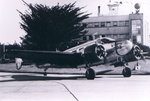 Beechcraft C45 303 en BNMPx12.jpg85.3 KB · Views: 306
Beechcraft C45 303 en BNMPx12.jpg85.3 KB · Views: 306 -
 Beechcraft C45 cTornapull en BAPI.jpg101.8 KB · Views: 276
Beechcraft C45 cTornapull en BAPI.jpg101.8 KB · Views: 276 -
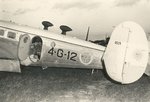 C45 4G12 Scan0002.jpg110.4 KB · Views: 267
C45 4G12 Scan0002.jpg110.4 KB · Views: 267 -
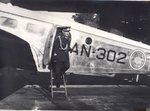 Visit AgregNavalItalia 110768 a BAPI con AT11.jpg112.7 KB · Views: 284
Visit AgregNavalItalia 110768 a BAPI con AT11.jpg112.7 KB · Views: 284 -
 Bastin en AT11.jpg208.1 KB · Views: 287
Bastin en AT11.jpg208.1 KB · Views: 287 -
 Beech1948-2x10.jpg55.1 KB · Views: 267
Beech1948-2x10.jpg55.1 KB · Views: 267 -
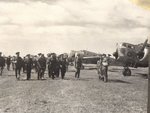 Beechcraft AT11 Operat Trebol Lag Chascomus 1955.jpg127.2 KB · Views: 230
Beechcraft AT11 Operat Trebol Lag Chascomus 1955.jpg127.2 KB · Views: 230 -
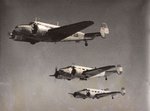 Beechraft C-45H EAN-301-304-305aprox1968x12.jpg101.4 KB · Views: 292
Beechraft C-45H EAN-301-304-305aprox1968x12.jpg101.4 KB · Views: 292 -
 BeechC45Acc1927x10.jpg98.8 KB · Views: 284
BeechC45Acc1927x10.jpg98.8 KB · Views: 284 -
 Beechcraft C45 4G15 chica.jpg81.5 KB · Views: 278
Beechcraft C45 4G15 chica.jpg81.5 KB · Views: 278 -
 Beechcraft C45H 0532 Piedrabuena.jpg95.3 KB · Views: 282
Beechcraft C45H 0532 Piedrabuena.jpg95.3 KB · Views: 282
Last edited:


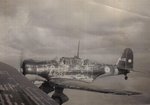


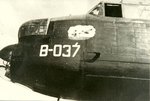

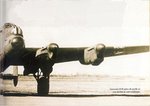






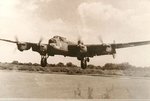
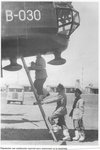
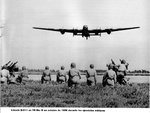

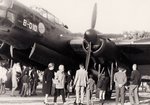



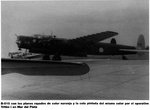

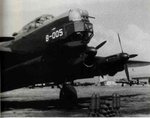
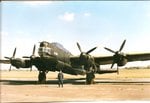
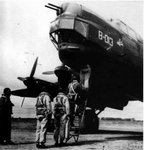



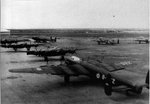


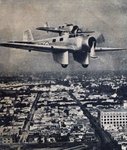


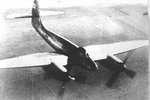


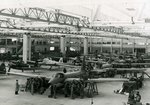
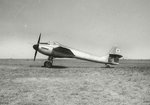
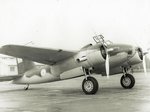

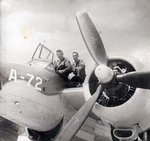
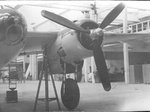





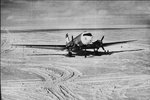

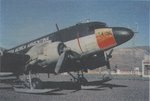

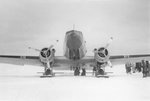




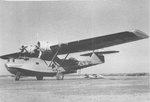

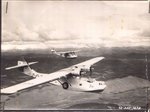


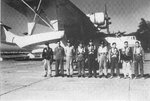

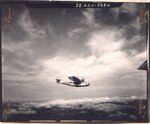



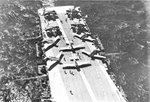
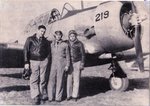
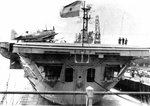


![VAR007[1].jpg](/forum/data/attachments/167/167047-016b45743b1a25dc00f19f63e2edc644.jpg)